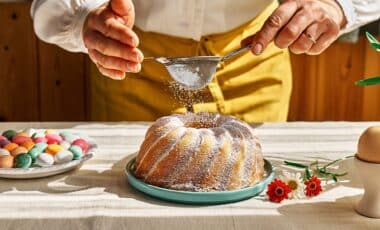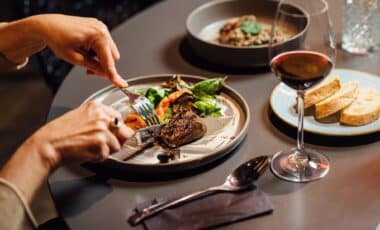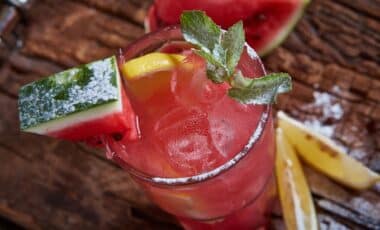
Chinese New Year is made up of rich beliefs, traditions and superstitions. With a cultural heritage that goes back more than 5,000 years, it’s a time when families get together for a reunion dinner, and what goes on the table is crucial. Here are nine lucky Lunar New Year foods and what each of them symbolises.

Spring rolls are a Chinese New Year favourite because they symbolise wealth and prosperity. The lucky saying associated with eating spring rolls is “Hwung-jin wan-lyang”, which translates to “a ton of gold,” as spring rolls resemble gold bars.

Traditionally served at Chinese New Year’s feasts, an ancient Chinese belief says that long noodles are the key to a long life, so don’t cut the noodles as you eat them. They’re often combined with a broth or a gravy-like sauce.

Originally a Cantonese tradition, tangerines and oranges are one of the most common symbolic foods of Chinese New Year. Oranges are a symbol of good luck, whereas tangerines represent wealth. The word for tangerine in Chinese sounds similar to the word for good fortune. It isn’t uncommon in Chinese culture for similar sounding words with different meanings to become suggestive of one another over time. Tangerines and oranges are displayed as decorations, served at the end of the meal and also exchanged among friends and relatives during New year.

A popular family New Year’s Eve tradition is to get together and make steamed dumplings. Filled with spring onion, cabbage and flavoured pork or shrimp, Chinese dumplings are fun and easy to make and symbolise wealth for their resemblance to Chinese gold ingot. In addition, lucky coins are typically hidden in dumplings on New Year, and the one who discovers them is destined to have a very, very lucky year.

Another popular dish during Chinese New Year is the whole chicken as it represents togetherness, unity and rebirth. A great source of protein that can feed a large family, the chicken is thought of as the reunion of the whole family as well as prosperity for the group.

Eaten by some families of Chinese heritage, braised shiitake mushrooms with bok choy simmered in oyster sauce is a popular vegetarian dish during Chinese New Year. The meaty shiitake mushrooms are smooth and delicious and just another symbol of longevity and prosperity.

One of the most important dishes for the Chinese New year is fish. The pronunciation for fish is yú, which sounds like “leftover” in Chinese. The idea here is that every year, you would want a surplus of wealth or food that spills over to the following year.

A tradition of at least 1,500 years, glutinous rice cake has been used to worship the gods and ancestors. Sometimes translated as a “new year cake” or just “year cake,” nian gao is made of glutinous rice flour and is either sweet or savoury depending on the region. The Chinese pronunciation of the cake, nian gao, is a homophone with “increasing prosperity year after year”, giving people hope for rising performance in their career and study in the upcoming year.

Candy symbolises a sweet life—it’s as simple as that. Anything that’s sweet, whether it’s dried fruit or candy, is commonly had during Chinese New Year.
See also: 5 Thai Sinophiles Reflect On Their Love For China And Chinese Culture







